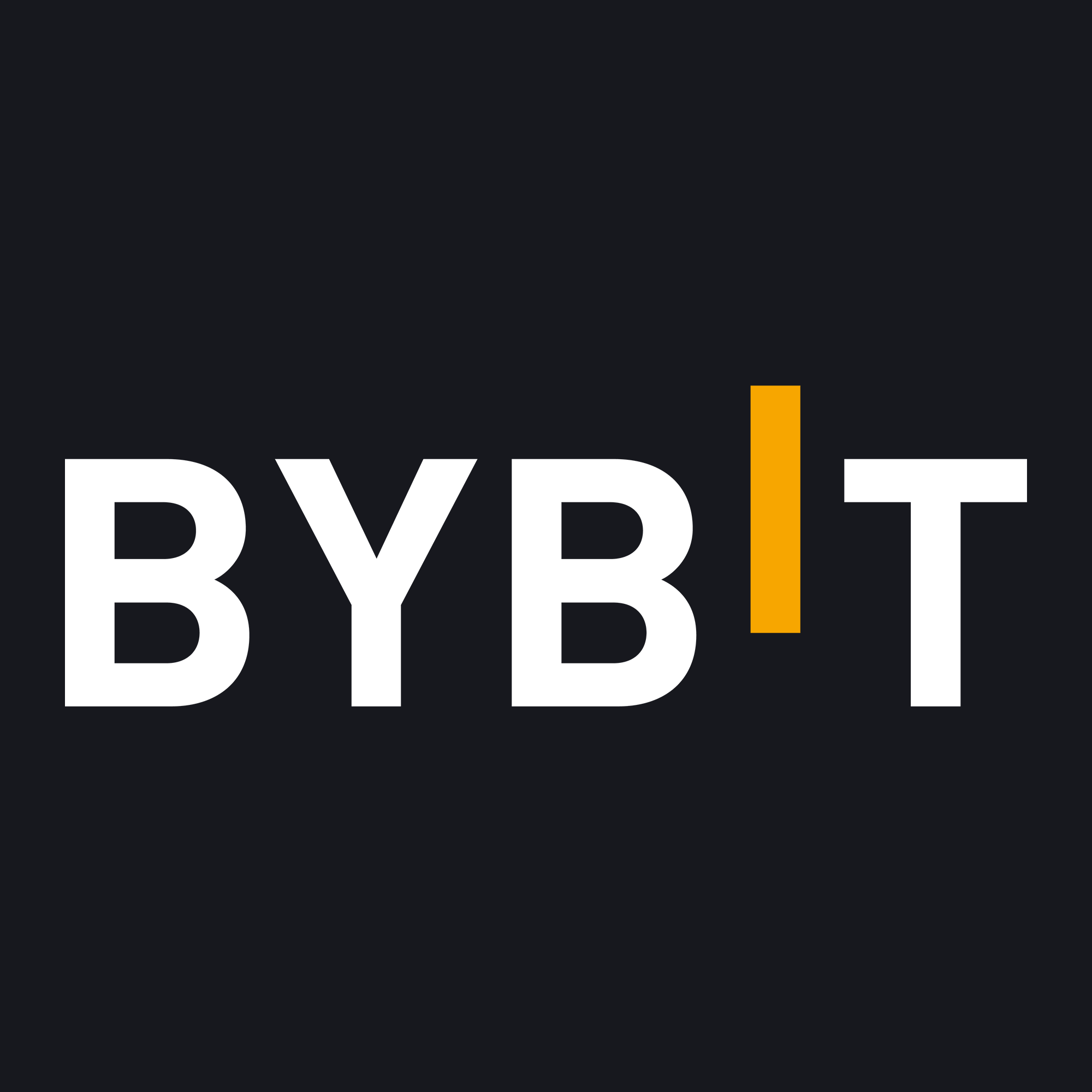XRP Price Analysis: Current Market Drivers
XRP (XRP) price today is $ 2.99 with a 24-hour trading volume of $ 6.55B, market cap of $ 177.81B and market dominance of 4.51%. The XRP (XRP) price changed 4.14% in the last 24 hours. XRP (XRP) price in US dollars is changed by 408.12% over the last 1 year. Over the past year, XRP (XRP) has changed by 198.89% against Ethereum and 186.36% against Bitcoin. XRP (XRP) total volume is now $ 6.55B, 0.1662% of the total cryptocurrency market volume in the last 24 hours.
An In-Depth Look at Ripple (XRP)
Ripple (XRP) is a digital currency that was developed to enable seamless cross-border payments. Its design focuses on improving the efficiency of international money transfers by reducing costs and settlement times. Unlike traditional cryptocurrencies, Ripple operates through a centralized ledger, which is maintained by a network of trusted validators. The XRP crypto asset plays a key role within Ripple's payment protocol, facilitating instant transactions across borders.
Ripple's Key Features Explained
Ripple (XRP) boasts several unique features that set it apart from other cryptocurrencies:
- Speed: Transactions with XRP are settled within seconds, making it one of the fastest cryptocurrencies in the market.
- Scalability: Ripple's network can handle over 1,500 transactions per second, ensuring smooth operation even during peak demand.
- Low Fees: XRP transactions come with minimal fees, which makes it a popular choice for cross-border remittances.
- Security: Ripple's consensus algorithm ensures high security levels, safeguarding the network from fraudulent activities.
Historical Price Trends of Ripple (XRP)
The Ripple price history reflects a series of highs and lows, characterized by market rallies and corrections. The historical high for XRP occurred during the crypto bull run of 2017-2018, where its value surged significantly. However, like many digital currencies, XRP has experienced price volatility, with multiple retracements over time. Understanding Ripple's historical low and high points helps investors analyze market cycles and make informed investment decisions.
XRP (Ripple) Supply and Circulation
The XRP supply is distinct from other cryptocurrencies, as the total supply was pre-mined at 100 billion XRP. Unlike Bitcoin, which is gradually released through mining, all XRP tokens are already in existence. A portion of these tokens is periodically released by Ripple Labs to maintain liquidity and support network development.
Market Cap Breakdown for Ripple
The XRP market cap is a vital metric that provides insights into the cryptocurrency's overall market value. By multiplying the current price of XRP by its circulating supply, the market cap gives investors a sense of Ripple's importance relative to other digital assets. XRP consistently ranks among the top cryptocurrencies by market cap, showcasing its prominence in the financial and cryptocurrency sectors.
Assessing Ripple's Value Today
The value of Ripple is influenced by several factors, including market demand, utility, and overall cryptocurrency sentiment. XRP's utility as a payment tool in cross-border transactions enhances its intrinsic value. Additionally, strategic partnerships with financial institutions have bolstered confidence in Ripple's long-term potential.
A Guide to Ripple Mining
Unlike Bitcoin, Ripple mining does not exist, as all XRP tokens were pre-mined. XRP operates on a consensus algorithm where trusted validators verify transactions, making it more energy-efficient compared to proof-of-work-based cryptocurrencies like Bitcoin and Ethereum.
Secure Your Ripple Wallet
To store Ripple (XRP) securely, users require an XRP-compatible wallet. Several wallet options exist, including hardware wallets, software wallets, and exchange-based wallets. Selecting the right wallet depends on user preference, with hardware wallets providing the highest level of security.


 Trade Now ByBit
Trade Now ByBit